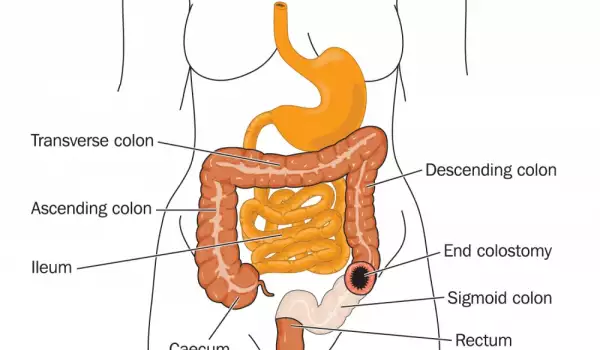You've probably seen movies where the wounded good or bad guy is crawling on the floor in a pool of blood, dragging his intestines behind him, as if they're dozens of feet long. Or another episode of your favorite medical drama, where they've just cut off 9 ft (3 m) of a patient's intestines and they manage to fully recover after.
You've also probably asked yourself how long a person's intestines actually are. Are they really dozens of feet long or not?
In truth, human intestines, including the small intestines, is the longest organ in the human body. On average, they are 4 times our height; in adults they can be up to 23 ft (7 m) long.
The small intestines begin at the duodenum, which is connected to the gallbladder and pancreatic ducts. Food is absorbed in the small intestines with help from the gallbladder and the juices secreted by the walls of the intestines themselves.
After the small intestines comes the large intestine, which is usually about 5 ft (1.5 m) long. It begins with the cecum, the bottom of which contains the appendix. The large intestine makes several turns, leading to the rectum and finally ending with the anus.
The unique structure of the intestines allows patients who have had nearly all of their stomach completely removed to continue living without serious digestive problems, with the pancreas and gallbladder contributing to make this possible.















